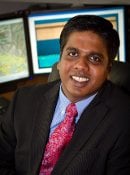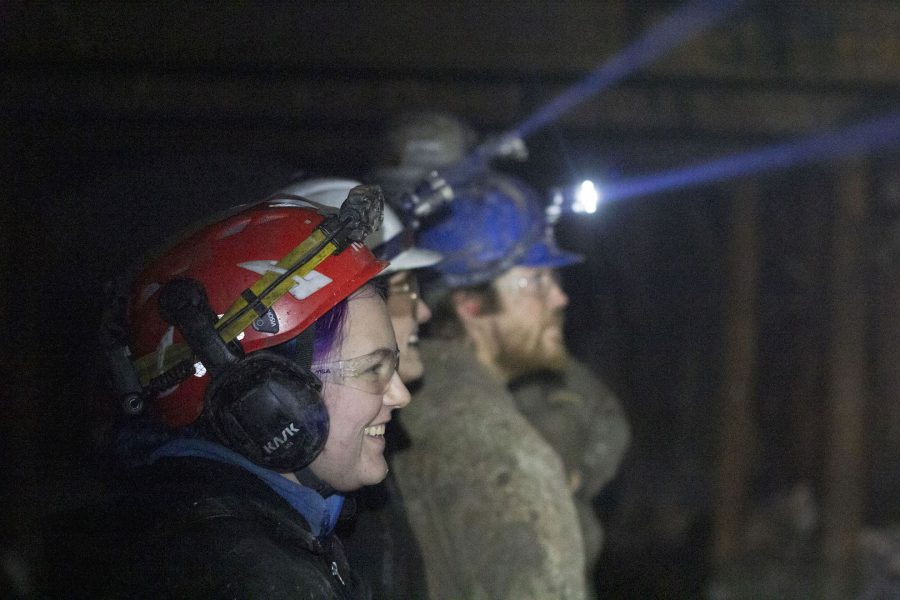
The Department of Geological and Mining Engineering Sciences offers our congratulations and best wishes to Theodore J. Bornhorst on his retirement after a long and productive career as Director for the A. E. Seaman Mineral Museum and professor at the Department of GMES! He has inspired many with his passion for mineralogy and Keweenaw geoheritage.
We are happy that he will continue his research at our department as a professor emeritus.









